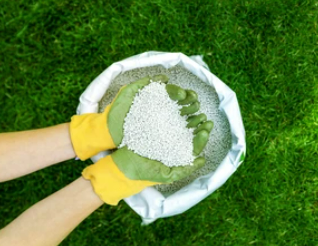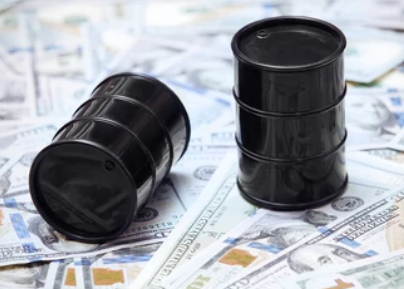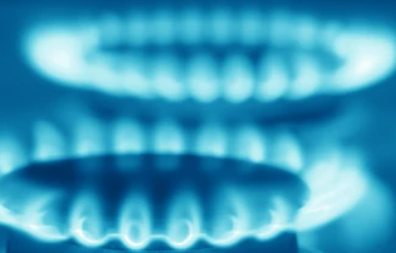
Skylar Williams
Oct 26, 2022 14:19

Due to rising European natural gas costs, U.S. nitrogen fertilizer exports reached a multi-year high this summer.
The Ukrainian conflict's worldwide food and energy supply impacts are shown by strong U.S. sales. Russia, which faces financial sanctions, produces fertilizer and natural gas, which are needed to make nitrogen-based products that boost corn and other crop yields.
Since Russia invaded Ukraine in February, Europe has weaned itself off Russian natural gas and shut down an ammonia pipeline to a Ukrainian port.
Due to a global fertilizer shortfall that has raised crop nutrient prices, the UN issued a "future availability crisis" alert this month. European fertilizer factories have closed due to high prices.
The world's third-largest fertilizer producer, the United States, exported 370,000 short tons in August, more than double the year-ago figure, according to the latest U.S. Census Bureau data compiled by industry organization The Fertilizer Institute (TFI) for Reuters. TFI began recording statistics in 2013.
According to London-based Argus Media CEO Alistair Wallace, European customers are outbidding domestic buyers in the US and other exporting nations like Indonesia and Malaysia.
Despite the export surge, TFI data shows that U.S. nitrogen fertilizer production was at its second-highest level in a decade in June, indicating a global dislocation rather than scarcity.
Jason Troendle, economist at TFI, which includes CF Industries (NYSE:CF) and Nutrien (NYSE:NTR), said it is unclear if the U.S. produced more or shifted more supplies to Europe in July and August (NYSE:NTR).
Troendle noted that the US exports little and cannot backfill markets.
Troendle said France, Belgium, Norway, Lithuania, Morocco, Chile, and Brazil had the biggest year-over-year U.S. purchase growth.
According to Wallace, European countries now buy urea, a nitrogen fertilizer, from outside.
He claimed EU nitrogen costs fell in mid-October as some European plants resumed output due to dropping natural gas prices.
According to Copa-Cogeca secretary-general Pekka Pesonen, European farmers cannot stockpile fertilizer before sowing next spring due to high prices and limited supply.
"We need tremendous volumes in a short time," Pesonen said.
Despite rising input prices, U.S. farmers may plant more fertilizer-intensive corn next year. Farm Futures polled growers and predicted a 10-year high of 94.282 million acres for corn acreage, up 6.4% from 2022.
Belmond, Iowa farmer Dave Nelson pays $1,280 per ton for fertilizer, up from $350 two years ago. For 2023 budgeting, he obtained this price this fall.
"I might as well do it because (price) would just climb," said maize and soybean farmer Nelson. Skimping on fertilizer will hurt you.
Investment bank Itau BBA reported that Brazil, which imports 85% of its fertilizer, bought more ammonium nitrate from the US, Belgium, and Holland in January–September to compensate for lower Russian supply.

Oct 26, 2022 14:18
